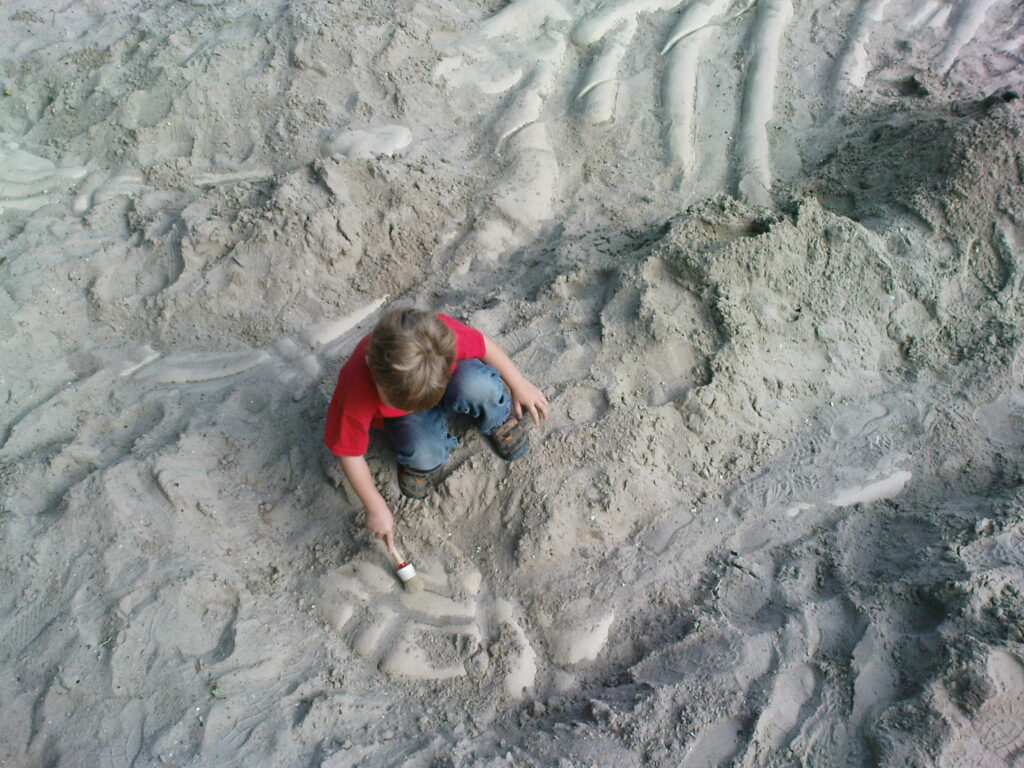When Friends premiered in 1994, nobody expected that a fictional paleontologist would become one of the most recognizable scientists on television. Ross Geller, played by David Schwimmer, introduced millions of viewers to the world of dinosaurs and ancient life. But while Ross brought paleontology into living rooms across the globe, real paleontologists have complicated feelings about their fictional colleague. Some appreciate the visibility he brought to their field, while others cringe at the misconceptions he perpetuated.
The Ross Effect on Public Perception
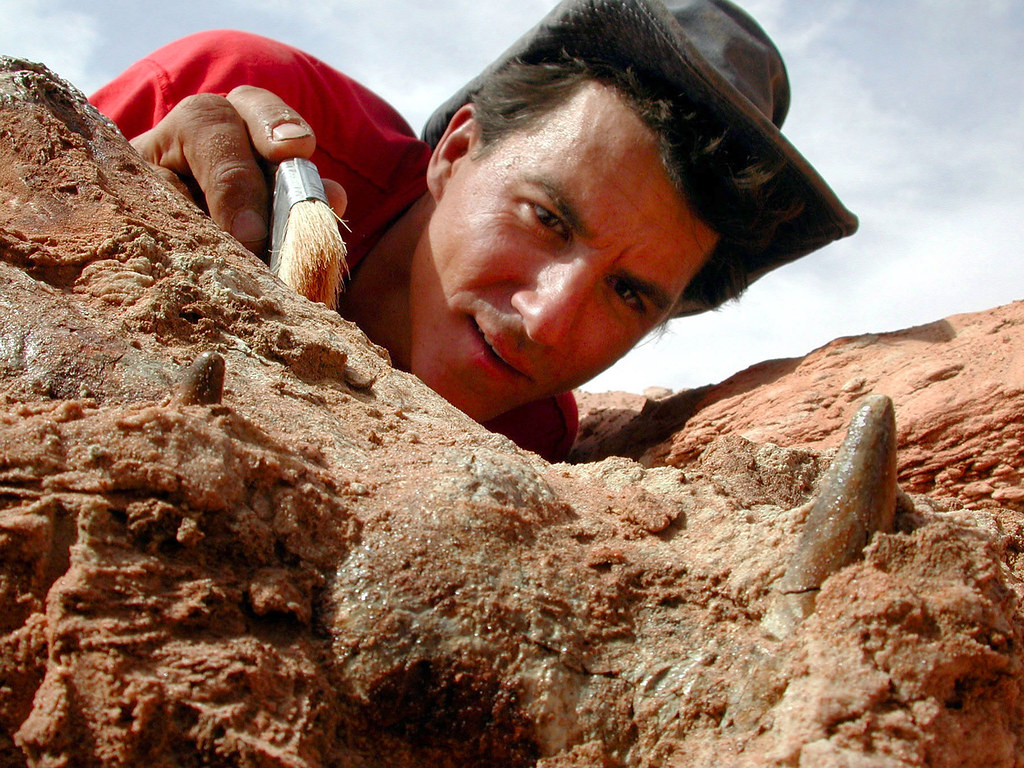
Ross Geller became the face of paleontology for an entire generation of television viewers. His enthusiasm for dinosaurs was infectious, and his frequent museum visits made paleontology seem accessible and exciting. Many young people discovered their passion for prehistoric life through Ross’s character.
However, this representation came with a cost. Ross often portrayed paleontologists as socially awkward academics obsessed with ancient creatures at the expense of modern relationships. This stereotype, while played for laughs, reinforced outdated perceptions about scientists being disconnected from everyday life.
The show’s massive popularity meant that Ross’s quirks became synonymous with paleontology in popular culture. Many paleontologists report being asked if they’re “like Ross” when they reveal their profession at social gatherings.
Scientific Accuracy Under the Microscope
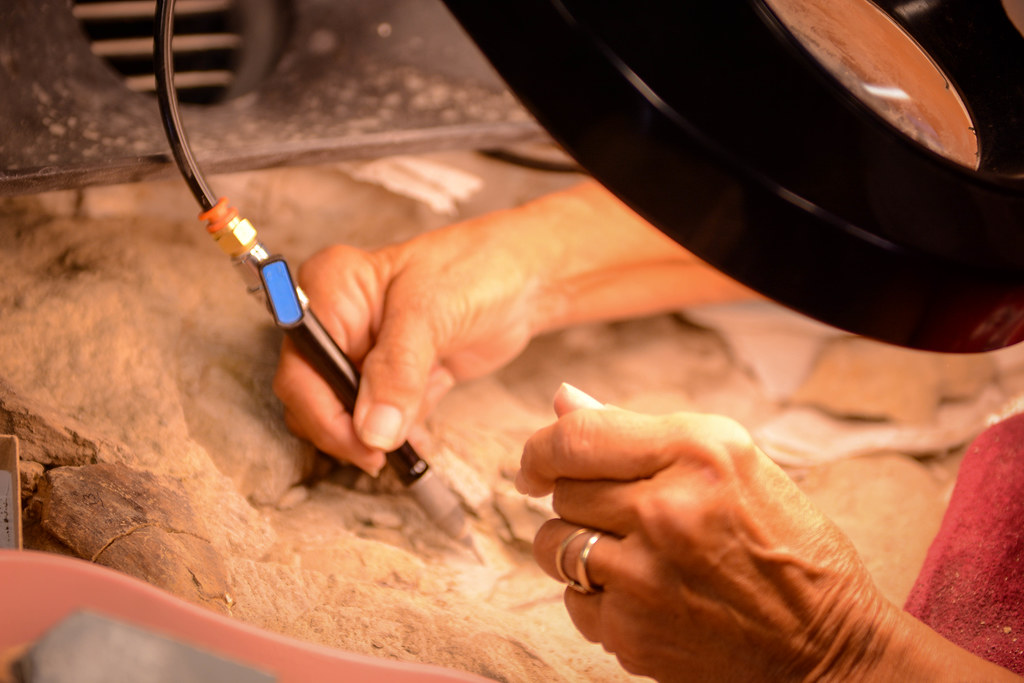
While Friends wasn’t a documentary, Ross’s paleontological claims often ranged from oversimplified to completely incorrect. His famous “we were on a break” argument with Rachel coincided with numerous scientific breaks from reality throughout the series. The show’s writers clearly prioritized comedy over scientific precision.
Ross frequently made sweeping statements about prehistoric life that would make any paleontologist wince. His explanations of evolution, extinction events, and fossil formation were often dramatically oversimplified or plain wrong. These inaccuracies became embedded in popular consciousness through the show’s endless reruns.
Real paleontologists understand that television comedy requires dramatic license. However, they worry that Ross’s confident delivery of misinformation may have misled viewers about fundamental concepts in paleontology and evolutionary biology.
The Museum Professional Stereotype
Ross worked at the fictional Museum of Prehistoric History, later moving to New York University. His portrayal of museum work focused heavily on research and academic pursuits while largely ignoring the public education and outreach components that define modern museum paleontology. This narrow view overlooked the diverse roles that paleontologists play in museums today.
The character’s interactions with museum visitors were minimal, suggesting that paleontologists work in ivory towers disconnected from public engagement. In reality, museum paleontologists spend considerable time developing exhibits, leading educational programs, and communicating with diverse audiences.
Ross’s museum seemed perpetually quiet and stuffy, reinforcing the perception that natural history museums are boring places for dusty academics. Modern museums work hard to combat this image through interactive exhibits and dynamic programming.
Dinosaur Obsession vs. Paleontological Diversity
Ross’s paleontological interests appeared laser-focused on dinosaurs, particularly large carnivorous species. While dinosaurs certainly capture public imagination, paleontology encompasses far more than these charismatic megafauna. The field includes the study of microscopic organisms, ancient plants, marine reptiles, early mammals, and countless other forms of prehistoric life.
This dinosaur-centric portrayal contributed to the common misconception that all paleontologists study dinosaurs. In reality, many paleontologists specialize in other aspects of ancient life, from tiny foraminifera to massive marine reptiles. The diversity of paleontological research is staggering and extends far beyond the Mesozoic Era.
Ross rarely discussed the broader implications of paleontological research for understanding climate change, biodiversity, or evolutionary processes. This missed opportunity to showcase paleontology’s relevance to modern environmental challenges disappointed many professionals in the field.
The Academic Caricature Problem

Ross embodied many negative stereotypes about academics, from his pedantic communication style to his apparent inability to relate to non-scientists. His tendency to launch into lengthy explanations about prehistoric topics at inappropriate moments painted academics as socially tone-deaf and obsessed with their narrow interests.
Real paleontologists often possess excellent communication skills and engage enthusiastically with diverse audiences. Many are talented educators, writers, and public speakers who can make complex topics accessible without talking down to their audience. Ross’s character suggested that scientific expertise comes at the cost of social competence.
The show’s portrayal reinforced the false dichotomy between scientific intelligence and emotional intelligence. This characterization particularly frustrated female paleontologists, who already faced challenges being taken seriously in a male-dominated field without additional stereotypes about awkward academics.
Positive Impacts on Science Communication
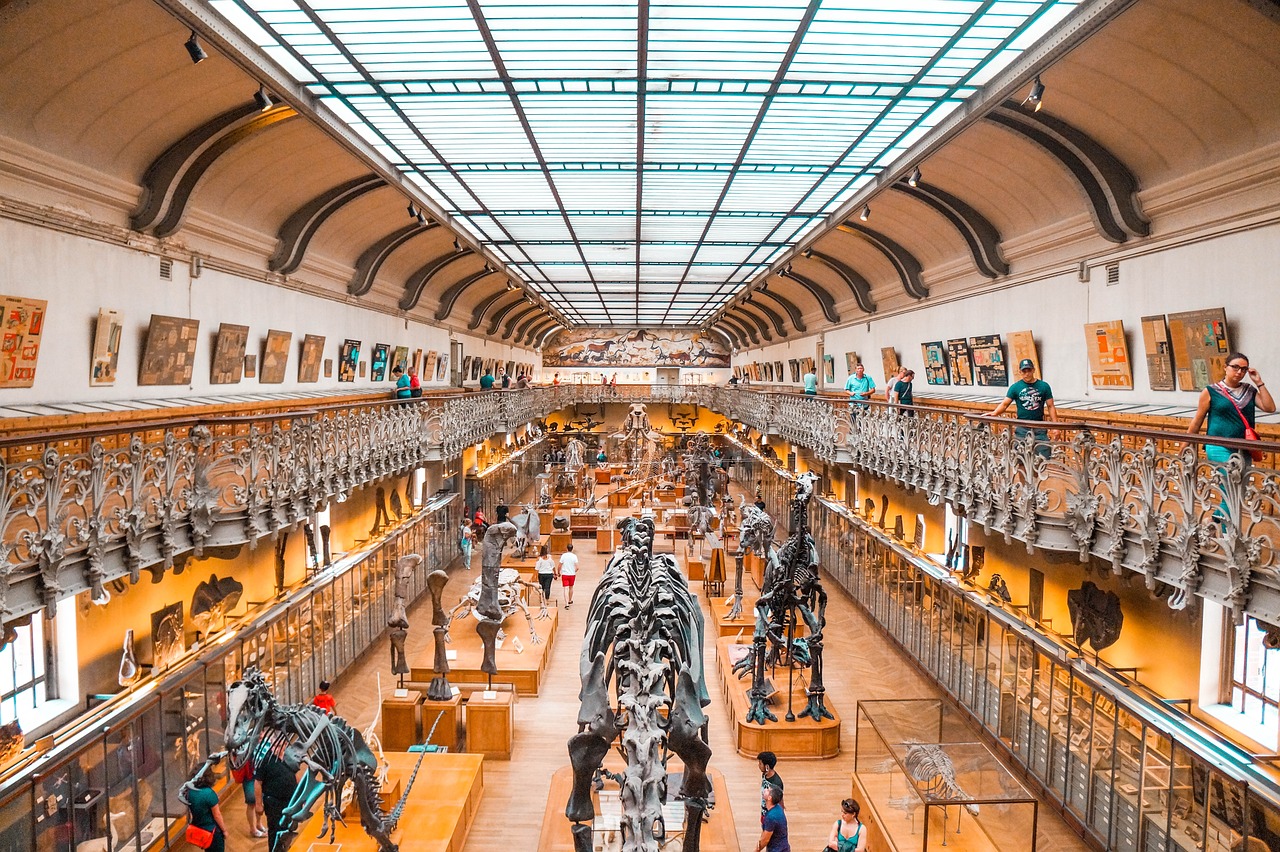
Despite its flaws, Ross’s character did introduce paleontology to mainstream audiences in unprecedented ways. His genuine enthusiasm for prehistoric life was contagious, and many viewers developed an interest in dinosaurs and fossils through his character. Museum educators report that the “Ross effect” brought new visitors to natural history exhibits throughout the 1990s and 2000s.
The character’s frequent references to scientific concepts, even when oversimplified, familiarized audiences with paleontological terminology. Words like “Mesozoic,” “Cretaceous,” and “extinction event” entered casual conversation partly thanks to Ross’s influence.
Some paleontologists appreciate that Ross portrayed science as exciting and personally meaningful. His passion for his work, however exaggerated, countered stereotypes about scientists being cold or purely analytical.
The Gender Dynamics Dilemma

Ross’s romantic relationships often highlighted problematic dynamics between male scientists and their partners. His paleontological career frequently appeared as an obstacle to romantic success, suggesting that scientific dedication and personal relationships are mutually exclusive. These storylines reinforced gendered expectations about career priorities and relationship roles.
The show rarely featured female paleontologists or scientists, missing opportunities to present diverse role models in STEM fields. When scientific women did appear, they were often portrayed as rivals or romantic interests rather than colleagues or collaborators.
This representation was particularly problematic given that paleontology was becoming increasingly diverse during the show’s run. Many accomplished female paleontologists were making groundbreaking discoveries while Ross dominated the popular perception of what a paleontologist looks like.
Funding and Career Reality Checks
Ross’s comfortable lifestyle and job security presented an unrealistic picture of academic paleontology careers. The show never addressed the competitive nature of academic positions, grant funding challenges, or the precarious nature of many scientific careers. His seemingly stable museum position and university appointment appeared effortless.
Real paleontologists often juggle multiple responsibilities, from teaching and research to grant writing and administrative duties. The financial realities of scientific careers, including low postdoc salaries and fierce competition for tenure-track positions, were completely absent from Ross’s storyline.
This idealized portrayal may have contributed to unrealistic expectations among students considering paleontology careers. The show presented scientific work as a reliable path to middle-class stability, which doesn’t reflect most paleontologists’ actual experiences.
Field Work Fantasies vs. Reality
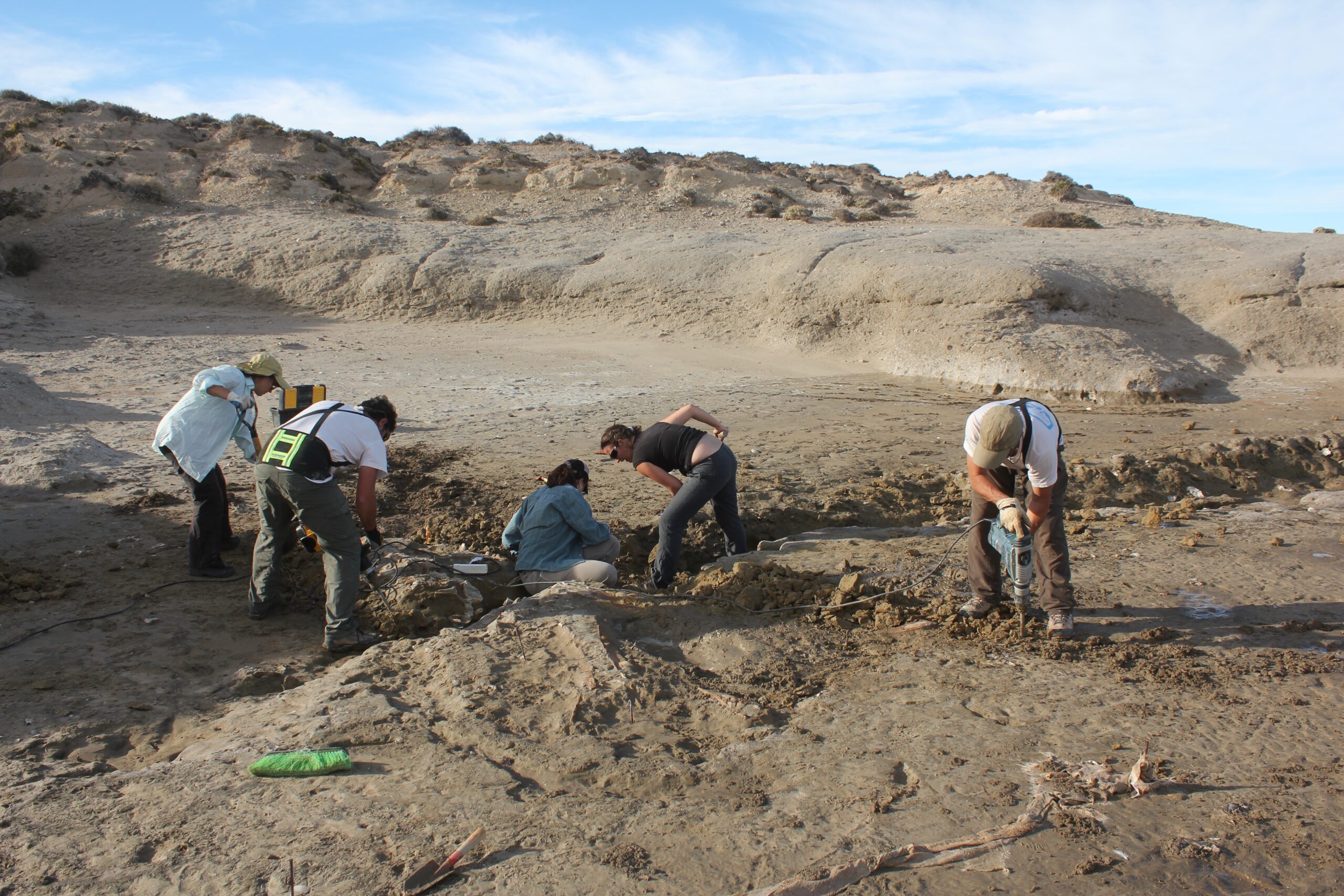
Ross’s occasional mentions of field work painted paleontological excavations as exciting adventures filled with dramatic discoveries. The reality of paleontological field work involves long hours in challenging conditions, meticulous documentation, and often disappointing results. Most digs yield fragmentary specimens rather than complete skeletons.
The show rarely depicted the collaborative nature of modern paleontological research. Ross appeared to work largely alone, missing the interdisciplinary teams that characterize contemporary paleontology. Modern fossil excavations involve geologists, preparators, photographers, and specialists from multiple fields.
Field safety, environmental considerations, and permit requirements were absent from Ross’s adventures. Real paleontologists must navigate complex legal frameworks and environmental protections when conducting research on public or private lands.
Technology and Modern Paleontology
Ross’s paleontological methods appeared frozen in the early 20th century, focusing on traditional morphological studies rather than the cutting-edge techniques that transformed the field during the 1990s. The show aired during a revolution in paleontological research, with new technologies enabling unprecedented insights into prehistoric life.
CT scanning, isotope analysis, and computer modeling were revolutionizing paleontology while Ross apparently relied on visual inspection and basic measurements. These advanced techniques allow paleontologists to study fossil internal structures, reconstruct ancient environments, and test evolutionary hypotheses with quantitative methods.
The molecular revolution in paleontology, including ancient DNA studies and protein analysis, was completely absent from Ross’s work. These developments fundamentally changed how paleontologists approach questions about evolution, behavior, and ecology in prehistoric organisms.
Education and Outreach Missed Opportunities
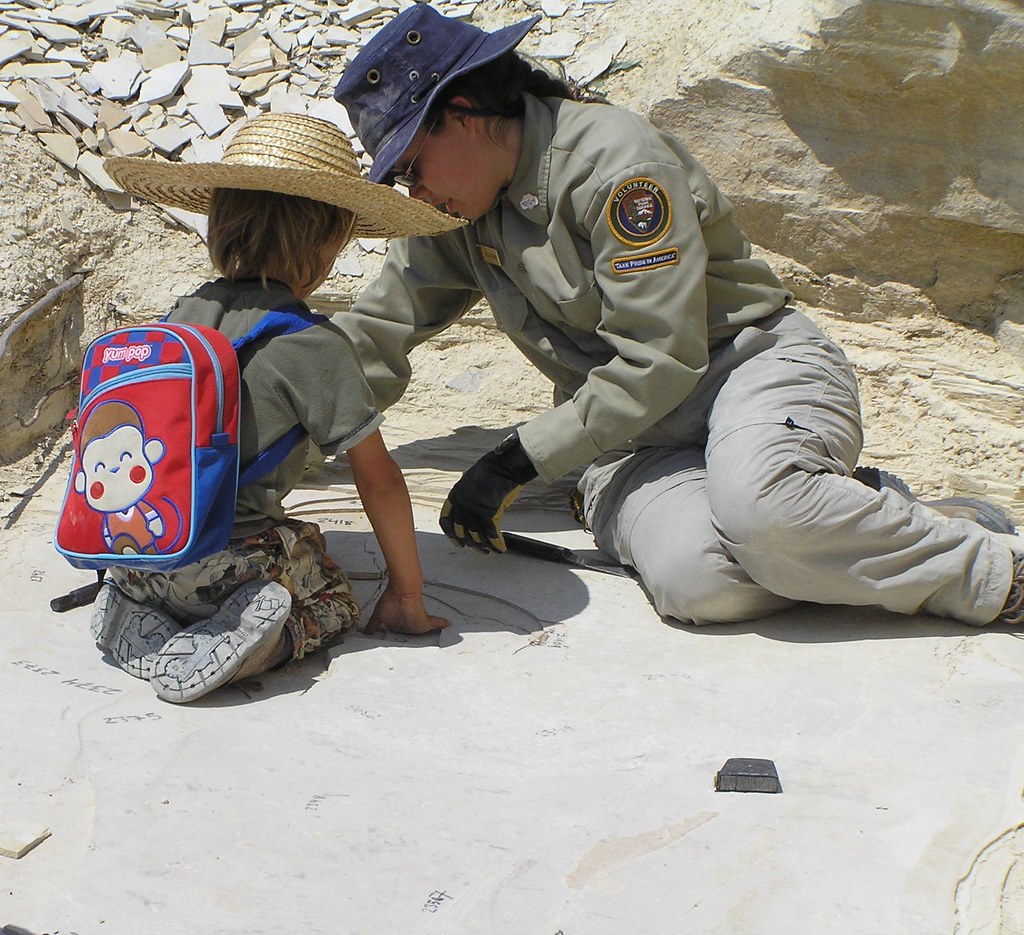
Ross’s role could have showcased the important educational mission of paleontology, but the show largely ignored this aspect of scientific work. Real paleontologists spend considerable time developing educational materials, leading school programs, and engaging with community groups. This public service component of scientific careers remained invisible in Ross’s storylines.
The character’s interactions with students were minimal, missing opportunities to show how paleontologists inspire the next generation of scientists. Teaching, mentoring, and science communication are central to most paleontological careers, yet Ross appeared disconnected from these responsibilities.
Museum paleontologists often serve as science advocates, speaking to policymakers about research funding and environmental protection. Ross’s character could have demonstrated science’s role in informing public policy, but these civic responsibilities never appeared in his storylines.
The Legacy Question
More than two decades after Friends ended, Ross Geller remains a cultural touchstone for paleontology. New generations discover the show through streaming platforms, perpetuating both positive and negative aspects of his scientific representation. His influence on public perceptions of paleontology continues to evolve as audiences view the character through contemporary lenses.
Many paleontologists now embrace Ross as an imperfect but ultimately beneficial ambassador for their field. They recognize that popular culture representations will never be scientifically perfect, but appreciate the visibility he brought to paleontology during television’s golden age.
The ongoing debate about Ross reflects broader discussions about science communication in entertainment media. How should scientists balance accuracy with accessibility? Can fictional characters effectively promote scientific careers despite their flaws?
Professional Pride and Public Perception
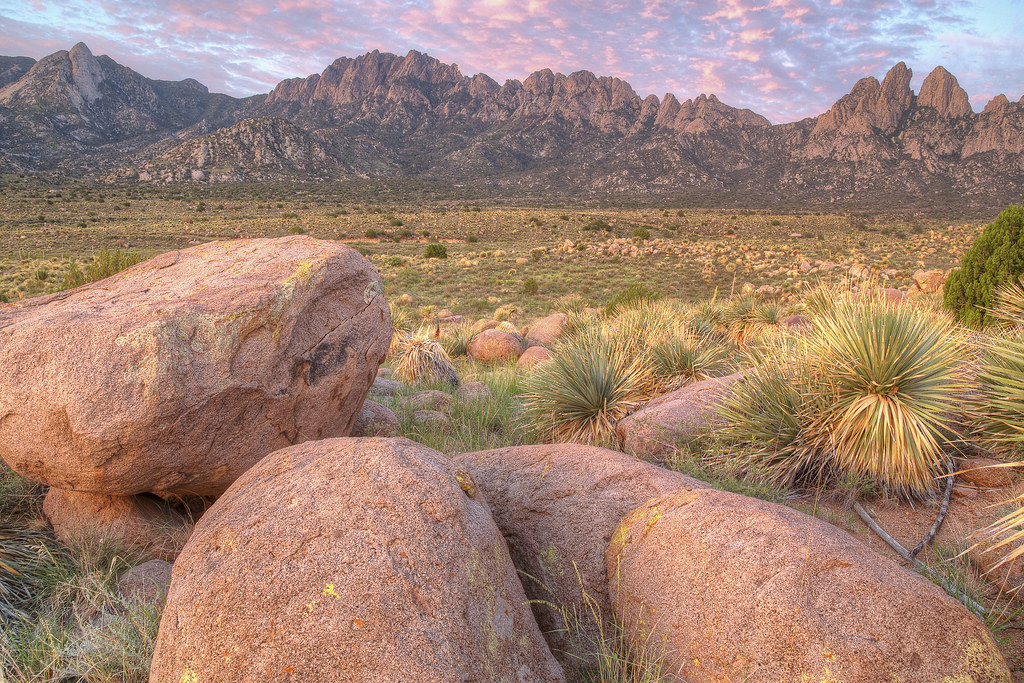
Despite legitimate criticisms, many paleontologists acknowledge that Ross Geller accomplished something remarkable: he made paleontology cool. Before Friends, most people couldn’t name a single paleontologist or explain what they did. Ross changed that, for better and worse.
The character’s enduring popularity demonstrates the public’s fascination with prehistoric life and scientific discovery. Even flawed representation is better than invisibility, and Ross opened doors for more accurate science communication in subsequent media.
Professional paleontologists continue to grapple with Ross’s legacy while working to present more authentic and diverse representations of their field. They build on the interest he generated while correcting the misconceptions he perpetuated. The conversation he started about paleontology in popular culture remains as relevant today as it was during the show’s original run, reminding us that every scientist character on screen carries the weight of representing an entire field to millions of viewers.




